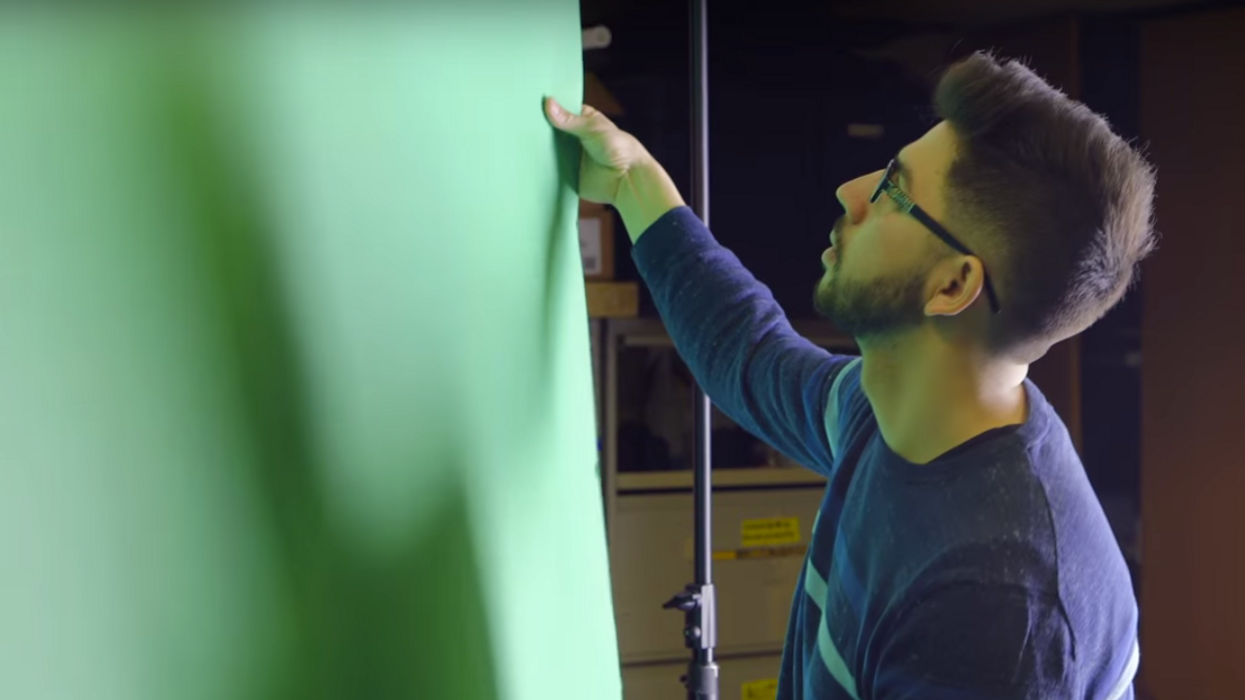Here's What You Need to Remember when Lighting a Green Screen
If you're going to be working with green screen in the near future, one of the most important things you're going to want to learn is how to light it.

In the tutorial below, B&H gives you several tips on how to light a green screen, as well as how to correct mistakes in post.
Even though there's more to pulling off a good key than lighting it correctly, like picking the right chroma color, exposure, and compression, it's definitely one of the most crucial parts. Without an evenly light green screen, you can pretty much say goodbye to the prospect of producing a professional looking image.
So, when it comes to lighting, keep these things in mind:
- Your green screen must be smooth, clean, and wrinkle-free.
- Properly expose your green screen (but don't go past 50% IRE on a waveform monitor).
- Put distance between the green screen and your subject so you can light both separately and avoid color spill.
- Light your subject for the background they'll be standing in front of. (Don't light them the way you would for an indoor shot if you're going to be putting them in front of a Hawaiian beach background.)
- Use apps to help you pull a better key. (Green Screener is a good one for seeing how even your screen is.)
- Don't try to "fix it in post."
- If you do have to "fix it it post," learn methods that will help you correct the mistakes you made while shooting (i.e. become a color correction magician).
Shooting on a green screen can be a pretty simple and straightforward process. Just remember that lighting your screen evenly will help you avoid the things that are actually difficult and time-consuming, like color correcting an unevenly lit green screen in post!
Source: B&H — YouTube











